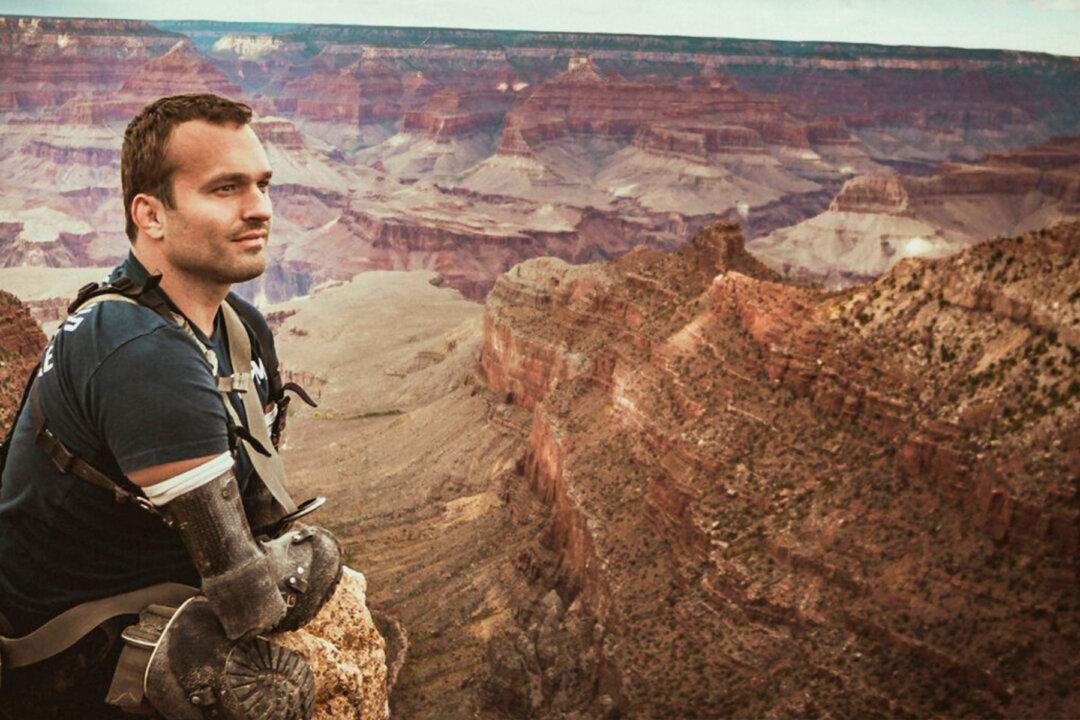There is really nothing one cannot achieve, and the limitation lies only in our minds. This story proves just that.
Meet Kyle Maynard. The 33-year-old is a published author, an award-winning athlete, a motivational speaker, and an entrepreneur. He was also the first quadruple amputee to reach the summits of Mount Kilimanjaro and Mount Aconcagua without the aid of prosthetics.





